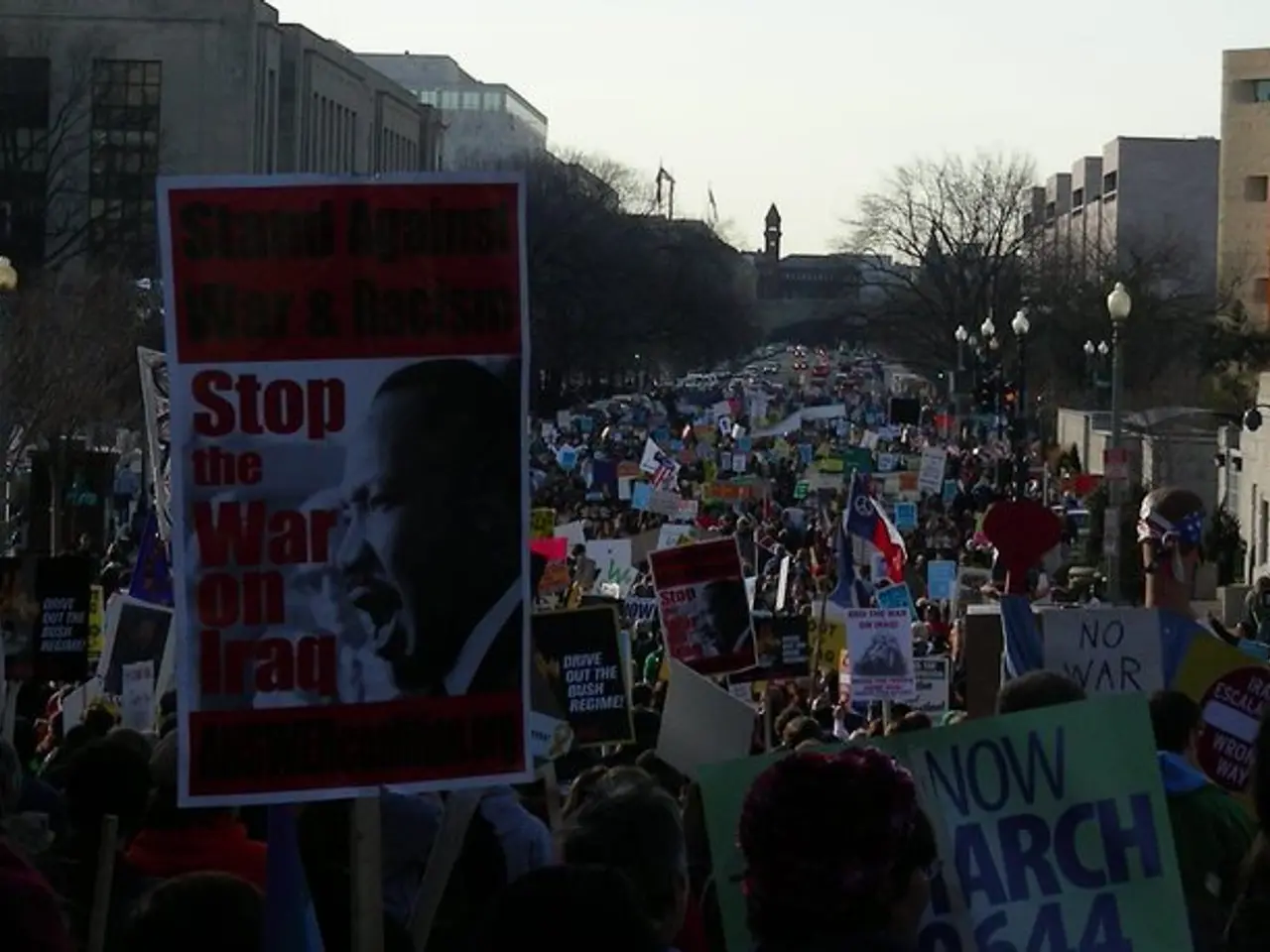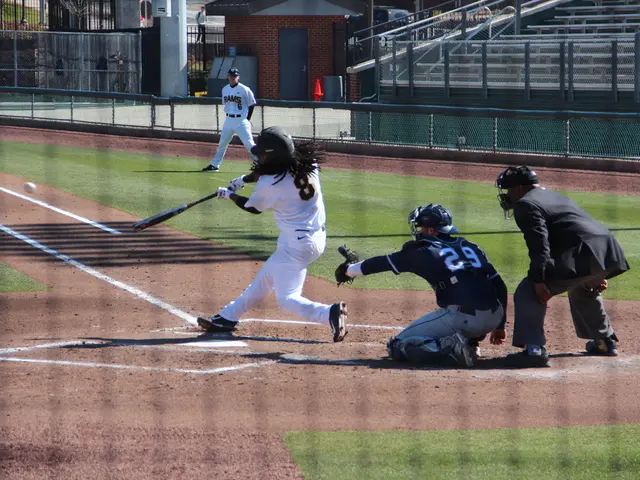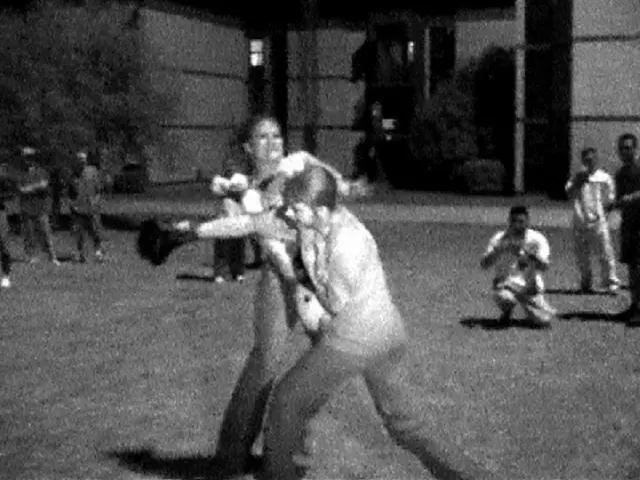If America took to the streets in demonstrations akin to those in Iceland.
Nonviolent Direct Action Shapes Social and Economic Justice in Nordic Countries
In the heart of Reykjavik, Iceland, a café serves as a symbol of a transformative period in the country's history. Hørdur Torfason, the leader of the Icelanders' uprising of 2008-09, often gathers here, reminiscing about the events that unfolded just outside its doors.
The backdrop to this café was a tumultuous time for Iceland. In 2008, the banking sector crumbled, and the currency plummeted, leading to high unemployment and inflation. Amidst this chaos, the Prime Minister urged his people to keep their money at home, a call that ironically rang hollow when it was revealed he had hidden assets in an off-shore account in the Virgin Islands.
The Icelandic people, however, saw an opportunity to demonstrate their power through nonviolent direct action. The campaign, dubbed the "pots and pans revolution," saw citizens banging on kitchen utensils so loudly that parliamentarians couldn't hear each other inside the building. This peaceful protest, inspired by the legacy of nonviolent movements worldwide, drove out not only the prime minister but the government itself, and put bankers in jail.
This approach to social change is not unique to Iceland. In the 1980s and '90s, Danish direct action movements prevented the implementation of a neoliberal program. Similarly, Norwegian and Swedish governments deregulated banks in the mid-1980s, leading their countries to economic crisis. However, the left later seized control of the banks, fired senior management, and reorganized the financial sector in alignment with social democratic principles.
The Danish and American nonviolent anti-nuclear power movements check-mated nuclear power in the 1970s. In the United States, the Princeton study suggests that democratic pretense and oligarchic reality have been similar to that of the Nordics a century ago. The current moment in Iceland's crisis shows the impact of 3% of a population willing to create "street heat." If 3% of the US population took similar action, it would show what a "political revolution" looks like.
This strategy of nonviolent direct action is rooted in participatory democracy and often intersects with the principles of solidarity economies—emphasizing cooperation, mutual aid, and equity. These direct actions help polarize the situation by mobilizing public opinion and turning moderate supporters into active participants, thereby increasing the pressure on institutions to respond to demands for justice.
In Iceland and other Nordic countries, nonviolent direct action is a foundational tactic that mobilizes public support, disrupts unjust practices, and promotes inclusion and equity. This approach reflects a broader global understanding that effective nonviolent resistance combines ethical commitment with strategic action to transform societies peacefully.
References:
[1] King, Martin Luther Jr., Stride Toward Freedom: The Montgomery Story. Beacon Press, 1958. [2] C. T. Mohan, "Civic Resilience and the Role of Local Leadership in Sustainable Development," Sustainable Development 26, no. 2 (2018): 176-188. [3] A. A. Gini, "The Solidarity Economy: A New Paradigm for Social and Economic Development," Journal of Economic Issues 40, no. 3 (2006): 747-764. [4] E. S. Gluckstein, "Nonviolent Action and Social Change: A Comparative Study of the Civil Rights Movement in the United States and the Anti-Apartheid Movement in South Africa," Journal of Peace Research 34, no. 4 (1997): 445-466.
Read also:
- Court petitions to reverse established decision on same-sex marriage legalization
- Commemoration of 200 Days of American Resurgence Unveiled
- Minister Bärbel Bas expresses doubts about her tenure as a minister following a recent interview during the summer.
- Politicians from both Republican and Democratic parties are urging President Trump to maintain the security agreement with Australia and the United Kingdom.








